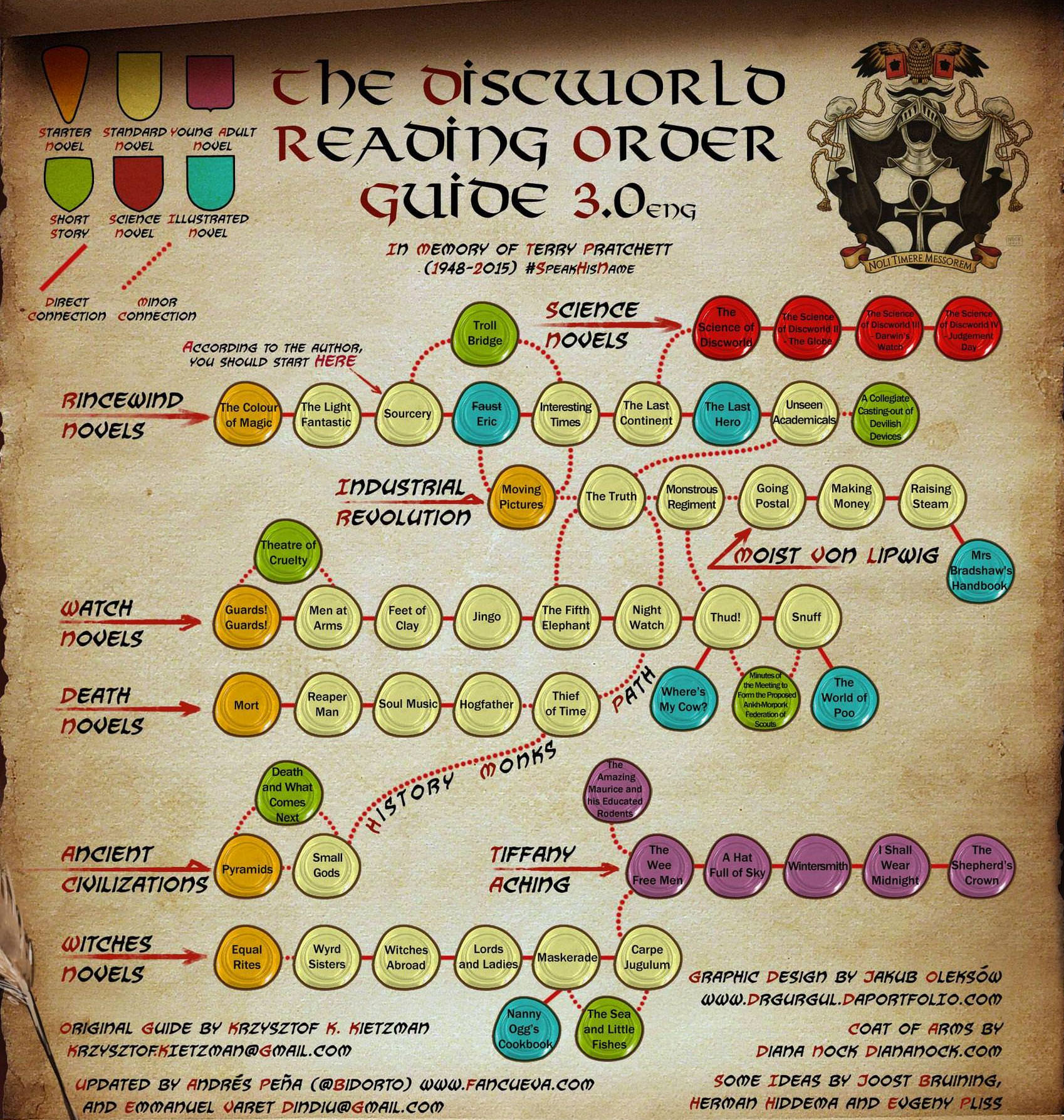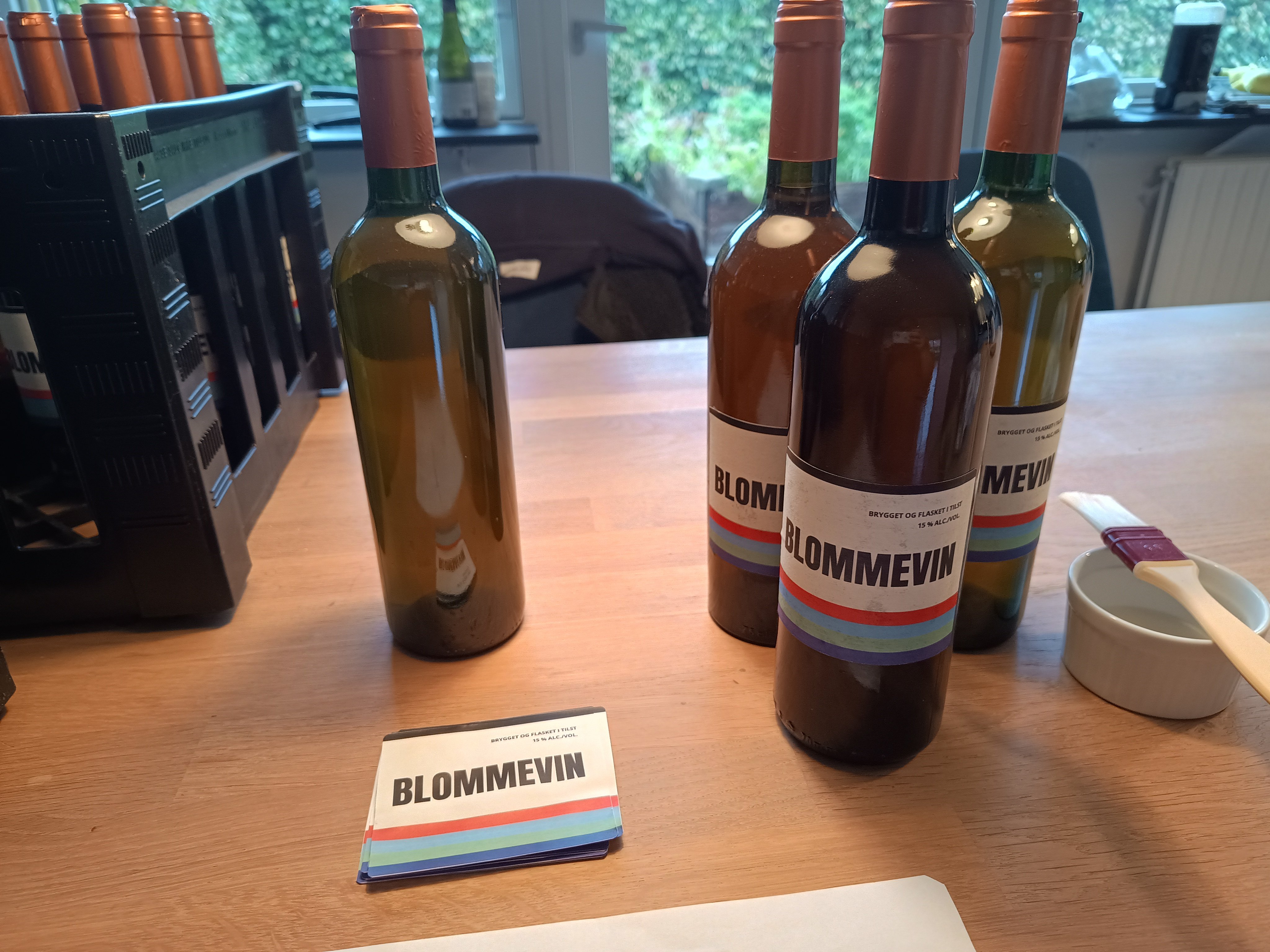Sure, that sounds awesome 🙂 where're you going to scrape data from? Does PCS or FirstCycling have an API to hook into?
Thank you! Just printed on a regular printer, cut out, and applied with milk 😁
Alright, sounds fine then :) I know many authentic coins can seem cast, especially on pictures. When you have them in hand they usually seem fine.
That aside, I've always really liked tetrarchy-coins. There's just something about the regularity of portraits and the style which speaks to me, and underlines that the Tetrarchy was a definite and important break from the chaos of the 3rd century.
Nice obverse. Where did you get it?
To me it looks a little bit like a cast copy, but it's always hard to tell from a picture and if you know it's from a legit source I am sure it's fine.
That's a lot of special equipment & artillery. I wonder if they're doing a combined push & interdiction campaign in the south and how that would work.
Jeg overvejer Terry Pratchett som det næste, jeg skal bare lige finde ud af, hvor jeg skal starte, nogen forslag?
Jeg synes der er stor forskel på tidlig Pratchett og sen Pratchett. De tidlige bøger er klassiske og tydelig satire over fantasygenren, men er ikke så medrivende på personsiden, synes jeg. Historierne er bedre i de senere bøger, og hans Tiffany Aching-serie er decideret glimrende som børne-ungdomslitteratur. Så det kommer nok lidt an på hvad du leder efter.
Rent kvalitetsmæssigt vil jeg rate de forskellige story-archs sådan her:
- Tiffany Aching (The Wee Free Men, A Hat Full of Sky, Wintersmith, I Shall Wear Midnight, og The Shepherd's Crown)
- Moist von Lipwig (Going Postal, Making Money, Raising Steam)
- City Watch (Guards! Guards!, Men at Arms, Feet of Clay, Jingo, The Fifth Elephant, Night Watch , Thud! og Snuff)
- Witches (Equal Rites, Wyrd Sisters, Witches Abroad, Lords and Ladies, Maskerade, Carpe Jugulum)
- Death (Mort, Reaper Man, Soul Music, Hogfather, Thief of Time)
- Rincewind (The Colour of Magic, The Light Fantastic, Sourcery)
Men - der er også en point i, at man i de første bøger får en masse worldbuilding som de senere bøger så bygger på. Så selvom jeg personligt synes Rincewind-archen er den svageste rent litterært, så er der også en værdi i at læse bøgerne i den rækkefølge de er skrevet.
Du kan også følge nogle af de forskellige online-guides:

Jeg har tænkt mig at give Baldurs Gate 3 et skud I denne uge. Ellers har jeg spillet lidt brætspil, fx Neanderthal af Eklund. På TV ser vi Babylon Berlin for tiden, det er overraskende godt.
The obverse (front) reminds me a little bit of this coin, with three emperors standing. But I don't see the usual M-reverse, I don't really know if it's a match.
Hi :)
So the first coin is definitely not Roman - but I am not certain what it is, as it's not my specialty. I think it's an indian coin from the Mughal empire. Weight and diameter, both to .1 digits, would make it easier to get closer. That would technically make it a modern coin, although it is of course still quite old. Think 15-th 16th century. But similar coins were also struck up until the 19th century.
The second coin is in a little bit too bad of a shape for me to really recognize. I think it's unlikely that it's Roman, but if it is I'd guess the byzantine empire from around the 6th century, as it looks vaguely like the crude coins struck by the caliphate after they conquered the levant from the Byzantines.
Thank you! This was cabbage which I'd left around for the winter, and it'd just started sprouting these small leaves in the early early spring. Tiny and very colourful.
If I could I wouldn't be posting this thread, would I ;)











Putting feet there like it's a totally vanilla thing 😐